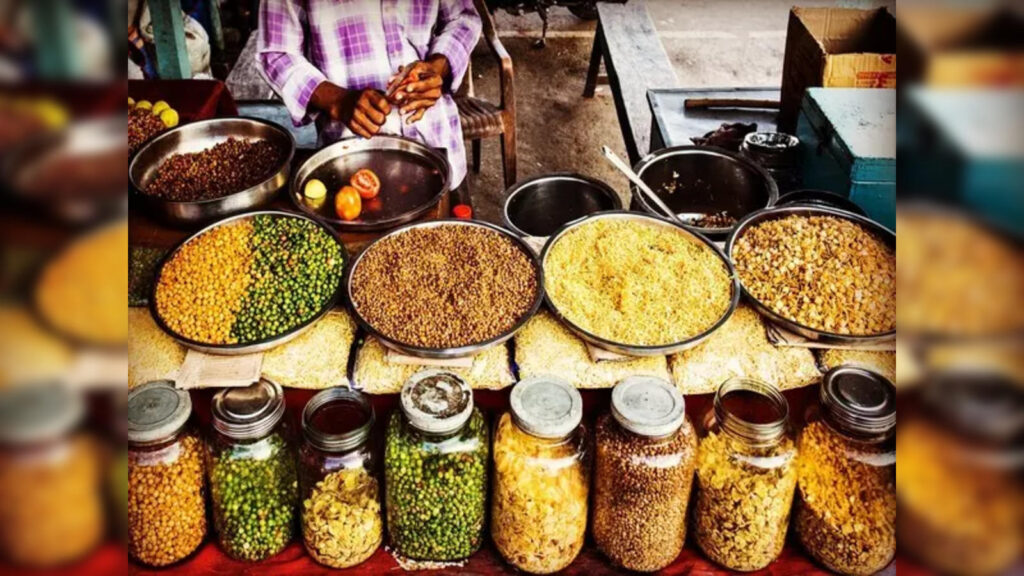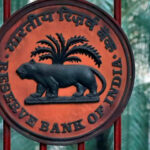Food inflation, which stayed persistently above 6% for a year till June, may have seen the peak, economists said. The consumer food price index, which rose 9.36% on year in June, fell sharply to 5.42% in July, thanks to a favourable base. However, price pressures in this segment as such are also moderating, and in the remaining months of FY25, the food print my average between 5.5-6%, according to economists FE spoke to.
“This fiscal year, food inflation may average 6.5%,” said Vivek Kumar, economist, QuantEco Research. “The high base effect and prospects of a better monsoon is likely to keep food inflation close to 6%, in the coming months,” he said.
In Q1FY25, food inflation, based on the Consumer Food Price Index (CFPI), averaged 8.9%; but in July, it crashed to 5.42% owing to a high base.
In July 2023, food inflation stood at 11.51% as the tomato inflation had skyrocketed to 202%. And as a consequence, in the previous month, tomatoes became deflationary, recording an inflation of (-)42.9%.
Going forward, the arrival of fresh crop supplies in the market should curb prices further, say economists.
Nidhi Khare, secretary at Department of Consumer Affairs told FE that in the coming months, vegetables and pulses inflation is going to decline even more. The official mentioned that wholesale prices of key pulses have declined by 8% in the last few weeks.
So far, the overall rainfall this season has been 4.6% above the benchmark long period average (LPA) or “above normal”. The India Meteorological Department (IMD) has stated that out of 725 districts, 70% have received rainfall in the range of ‘large excess’ to ‘normal’ range till Thursday. However, states including Punjab (-35%), Bihar (-24%) and Himachal Pradesh (-21%) have received ‘deficient’ rainfall.
Aided by pick-up in rainfall since July 2024, the cumulative sowing of kharif crops – paddy, pulses, oilseed, sugarcane, cotton and coarse cereals exceeded the year-ago level by 1.3% as on August 12, 2024.
Area under pulses such as tur, urad and moong rose by 6.67% to 11.74 million hectare on year so far, which is expected to boost pulses production in the 2024-25 season. This is expected to bring down inflation in pulses, which had been in double digit since June 2023, in the next couple of months.
Also, global food prices remain deflationary. In July, the United Nations Food and Agriculture Organisation’s food price index–a weighted average of global prices of a basket of food items–was down 3.1% on year. This bodes well for imports, and risks to “imported inflation” remain low.
As a result, economists say, the headline inflation rate may comfortably average 4.5% (in FY25)–in line with the Reserve Bank of India’s (RBI) forecast–which may nudge the central bank to cut the repo rate in October.
“We expect inflation to ease and average 4.5% this fiscal mostly owing to softer food prices. This should allow the RBI to begin cutting rates earliest by October,” said DK Joshi, chief economist, Crisil.
Gaura Sen Gupta, chief economist, IDFC FIRST Bank said that while the cautious tone in the August policy and relatively strong domestic growth conditions increase the chances of a December cut, we don’t rule-out an October rate cut. “This may happen if there are clear signs that inflation is likely to undershoot 4.5% in FY25, due to softening of food inflation at a faster pace.”
RBI Governor Shaktikanta Das in his August monetary policy address had said that with the high share of food in the consumption basket, food inflation pressures cannot be ignored. “We cannot and should not become complacent merely because core inflation has fallen considerably,” he had said.
(Source- The Financial Express)

 RBI Flags Breach Of Regulations By Some NBFC-P2P Lending Platforms
RBI Flags Breach Of Regulations By Some NBFC-P2P Lending Platforms 